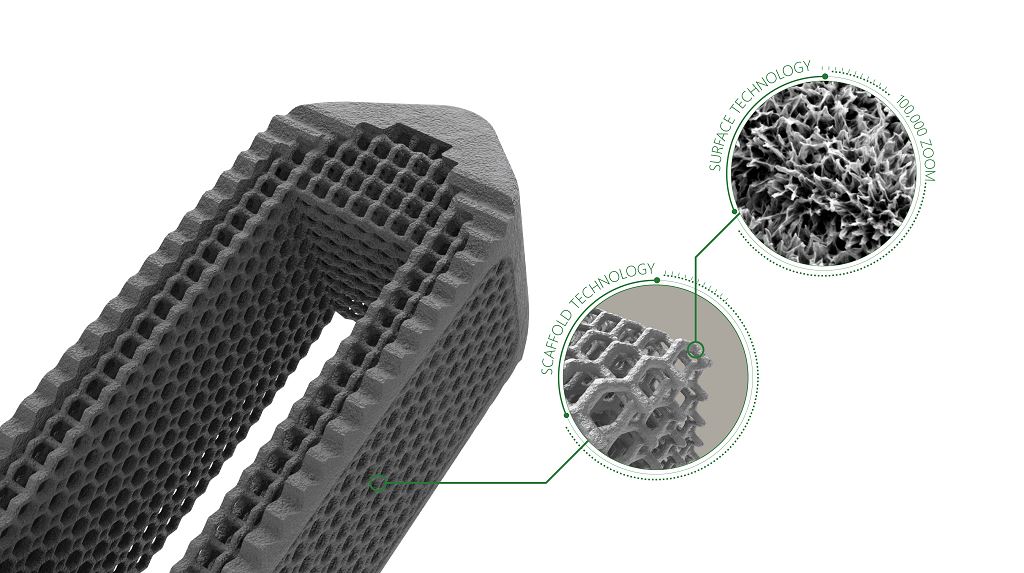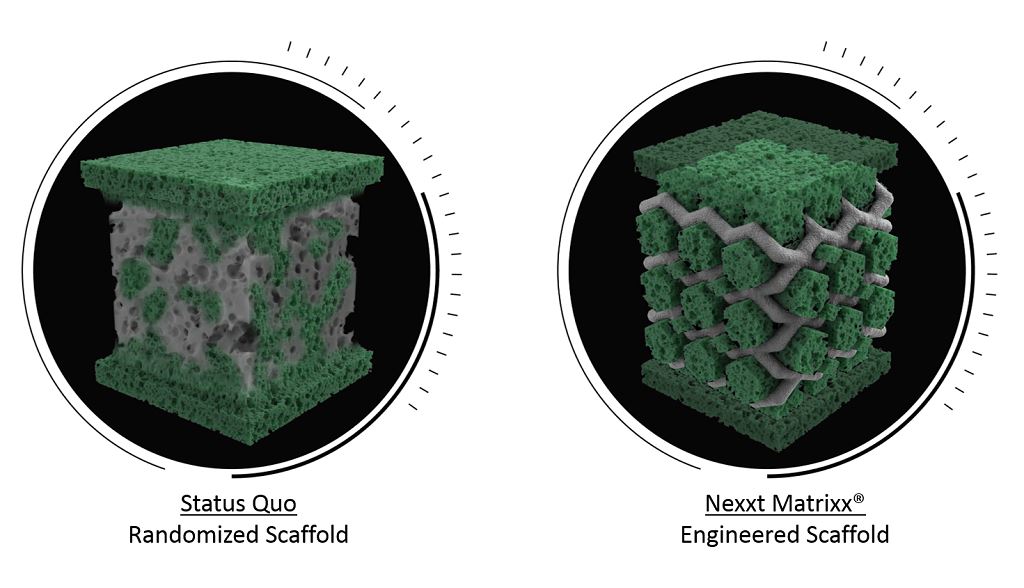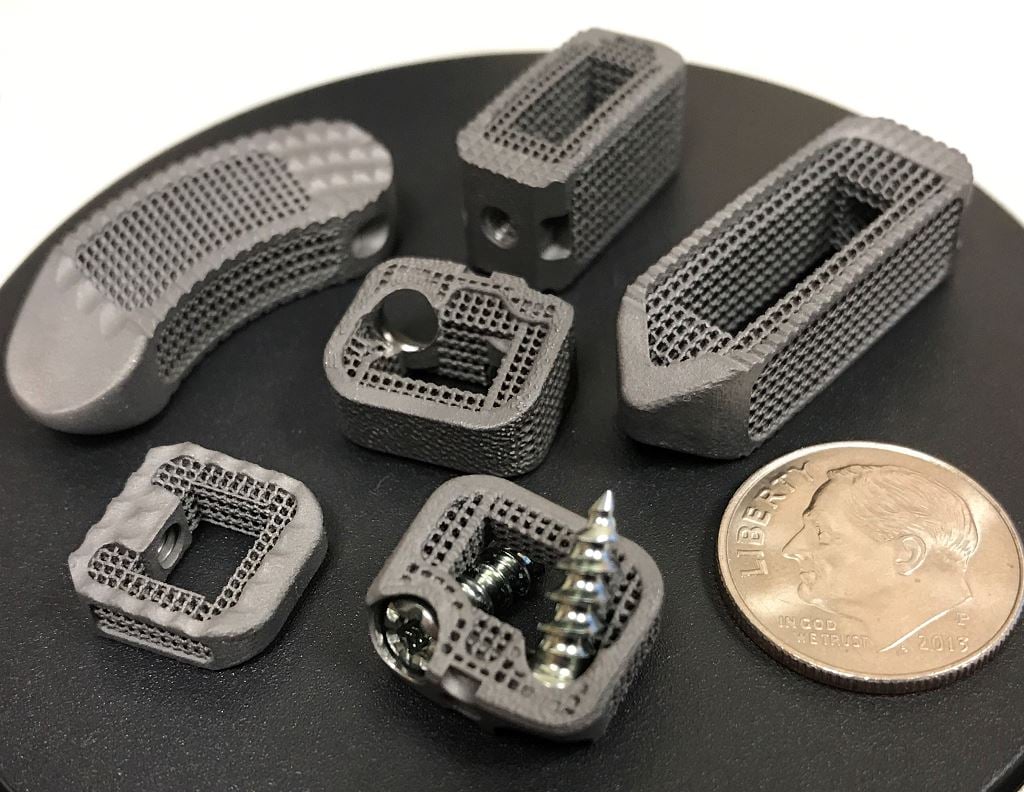![The Matrixx family of implants [Source: GE Additive]](https://fabbaloo.com/wp-content/uploads/2020/05/28229MatrixxFamily1_img_5eb0989a63e6b.jpg)
A medical device company is installing more metal 3D printers to focus on spinal implant manufacture.
Increasing capacity of 3D printers, especially industrial metal 3D printers, is no small decision — or investment. The decision has to be rooted in demand.
And there is demand indeed in the medical field. Medical applications are on the rise in 3D printing, from patient-specific anatomical models to implantable devices, and many (many) other uses in between. Implants in particular are seeing an increase as more companies gain FDA approval for their specific approaches to 3D printing devices that will be placed inside patients’ bodies.
We often hear about hip implants; last year, GE reported that 100,000 3D printed hip cups had been put into use over the last decade. Now more body parts are seeing such usage on the rise, and spinal implants are an area of great interest.
Nexxt Spine, established as a company in 2009 and as a company involved in additive manufacturing in 2017, announced this week that it is preparing to take delivery of machines number four and five in its lineup of Concept Laser Mlab 100R systems.
![Metal 3D printers ready to make implants [Source: GE Additive]](https://fabbaloo.com/wp-content/uploads/2020/05/28129MLabs1_img_5eb0989aa288a.jpg)
The Indiana-based company sees that “Additive is booming,” as Director of Engineering Alaedeen Abu-Mulaweh puts it.
Following the installation of its first system two years ago, Nexxt Spine has evolved in what sounds like the picture-perfect 3D printing story.
“We used the first Mlab primarily for R&D purposes, but we soon realised that further investment in additive technology could add value not only to our overall growth strategy, but also at a clinical application level with the ability to develop implants with very intricate micro-geometries that could maximise healing. Over the past two years, we have made a seamless jump from R&D to serial production and in doing so have significantly accelerated the time from concept to commercialization,” Abu-Mulaweh said.
That jump from R&D to serial production is what many hope is the story of 3D printing today. It certainly indicates an underlying reality to that hope that we hear on so many keynote stages, of 3D printing growing up into a viable, realistic solution — at scale.
And of course, the designs of spinal fusion implants highlight many of the benefits 3D printing loves to tout: complex architectures (interconnected micro-lattices), in-house production (to speed timelines), surface texturing, bioinspiration, scalable process, and of course some serious “cool factor” in making implantable devices and staying on the bleeding edge of medical technologies.


[Inside the technologies of Nexxt Spine’s implants (click to enlarge) / Source: GE Additive]
Making the best of these benefits, Nexxt Spine designs and manufactures 100% of its implants and 95% of its tools in-house. These figures also indicate the autonomy with which a business can run; while contract manufacturers are invaluable, having in-house capabilities lends an additional sense of agility and independence to operations, especially once expertise has been developed and one process committed to.
The increase in Mlab systems at Nexxt Spine is a nice indication of many of the trends we’re seeing in 3D printing and in the medical market today — and likely an indication of even more to come.
Via GE Additive and Nexxt Spine












1 comment
Comments are closed.